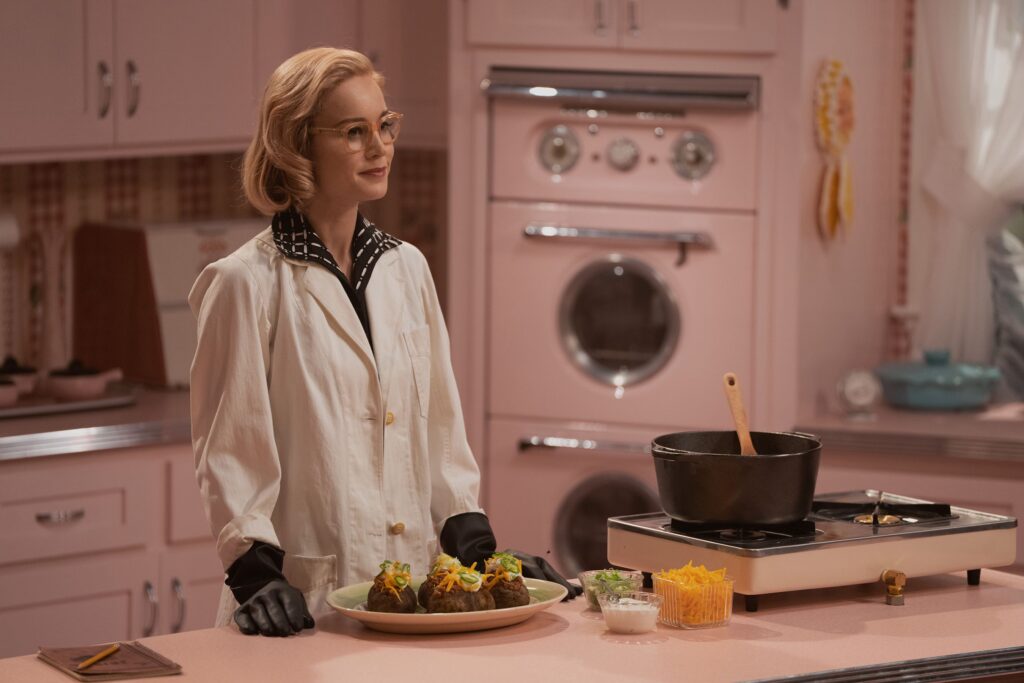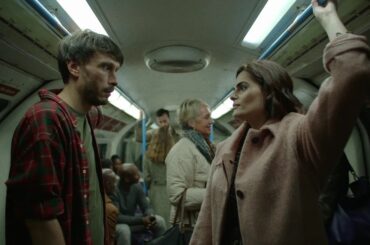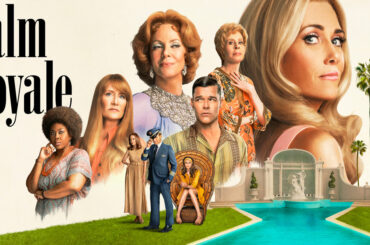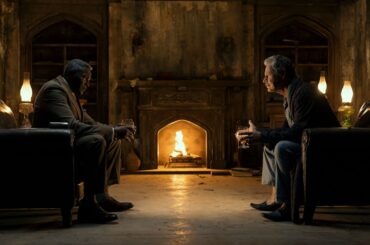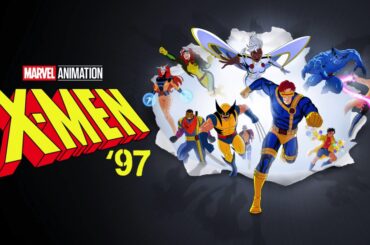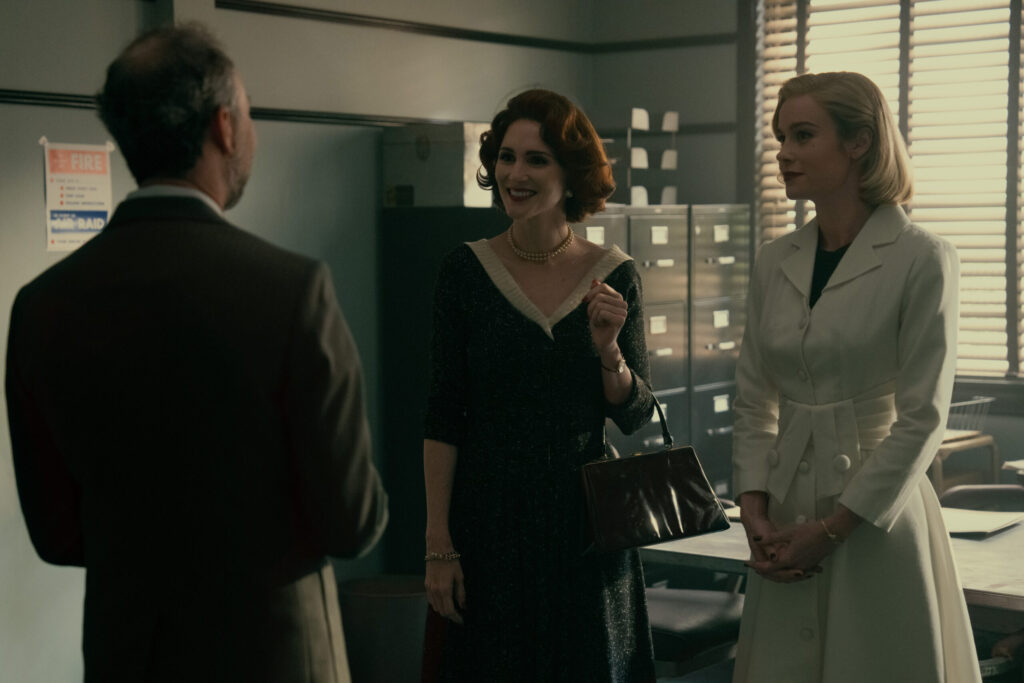
Lessons in Chemistry is a show as detailed as its star character, chemist Elizabeth Zott (Brie Larson). The production value isn’t just high, it’s personal. Based on Bonnie Garmus‘ novel, the attention-to-detail alone shows love and respect for the source material.
The adaptation is a crisp vision that would certainly appeal to Elizabeth Zott’s eyes and mind.
Cinematographer Zachary Galler helps tell Zott’s story with a sturdy patience. When people talk science, he isn’t whipping and zipping the camera around. Along with the directors, he trusts the performers. Previously, Galler shot episodes of Paper Girls, Dr. Death, and The Act, not to mention a nice and cruel film called Piercing.
The cinematographer recently spoke with Immersive Media about his experience on Lessons in Chemistry and his ambitions as a storyteller.
Whether it’s Lessons in Chemistry or a horror movie like Piercing, do you always have a common goal for a project?
A big goal for me is always, can I build a whole world? Can I create something that feels different, but then also comprehensive? To me, that’s the thing I like the most about shooting a bigger TV show or even a smaller movie that has good ideas behind it and a unique perspective. You can just create all the rules and the visual world that go for each project. So, that was probably one of the only things that links Piercing and Lessons in Chemistry together.
What questions do you always ask yourself about, how can I best show this character’s point of view?
I’m always asking what the sort of truest version of what serves the script the best. How big or small is the story and how can the camera best serve? Getting across the details for the character, for the people that are going through whatever is happening in the story, I always come at it from the beginning, like, what’s this going to feel like? How’s the camera going to interpret what this character’s going to go through? It’s always different, and that’s why I love this job so much.
Is it ever hard to pin down the answers to those questions?
It’s definitely hard to pin down. It can also be hard when collaborating with a new person. I’m, of course, there to capture this on camera, but also to execute a director’s vision. I’m always trying to fit the things that ring true to me about a script into what the director is bringing to the table as well. Every director is different, too. Some directors want to have a lot to do with the camera, while some directors don’t want to have anything to do with the camera. It’s always about finding that language with them.
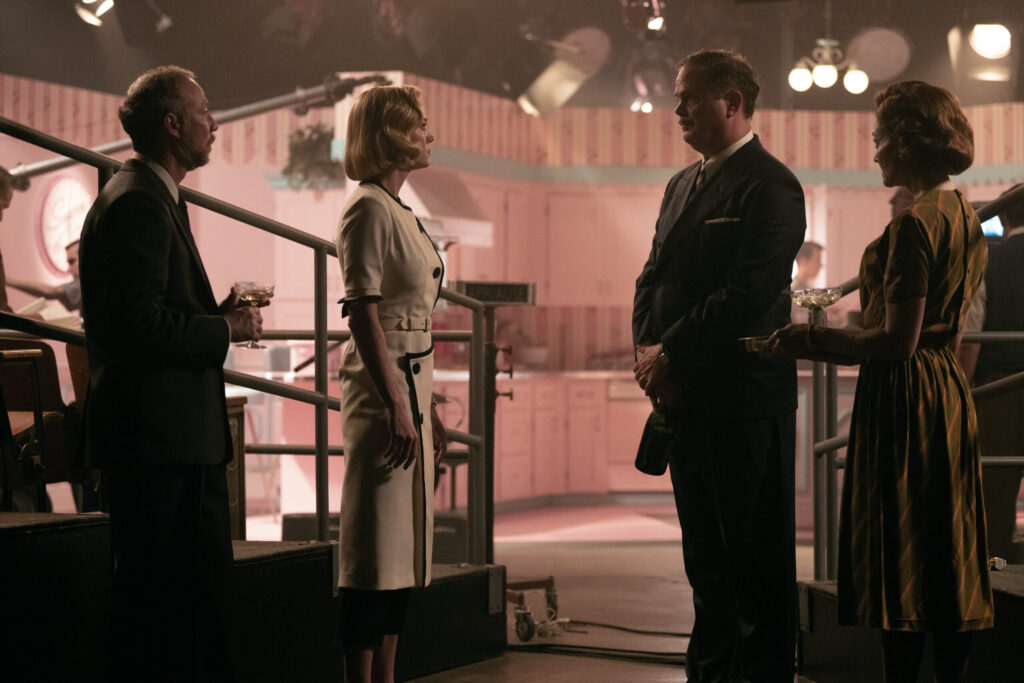
What’s that experience like when they don’t want to have a lot to do with the camera?
I really love working with directors and trying to figure out what the target is, trying to figure out what is going to get as close to the vision in their head. When a director doesn’t want to have anything to do with the camera, it is technically that they don’t want to have stuff to do with the camera. Most directors at least are still very much camera-oriented as far as they know what they like and don’t like; they just might express it in a different way from one another.
Like you said, there’s always the target. What was a day or two on Lessons in Chemistry where you and the director hit that exact target?
It was amazing because even just the first days on Lessons in Chemistry, Sarah Adina Smith, the pilot director, we shared some reference images for what the lighting would be. We already had these great sets that were built for us, we knew we had done a camera test, and we knew what it was going to look like just from a purely aesthetic point-of-view.
We knew we wanted immersion in this character’s life and doing a period piece in not a nostalgic way. It’s a period piece in aesthetics, but we’re not longing for some bygone era. But in the first couple days of shooting, we were like, “Let’s just go in and be open to what the actors show us.” It proved to be a great way to do it and we had considerable resources from Apple, equipment-wise, but we were trying to make 10 hour days, which was a cool mandate that came from Brie, I believe.
That’s a good mandate.
Very human. Yeah, it was very human and we were, of course, you have to make your days and tell the story that’s in the script. We went into it with an open mind about what we were going to try and achieve, knowing that we wanted the actors to dictate the way that the camera was going to move and cover things.
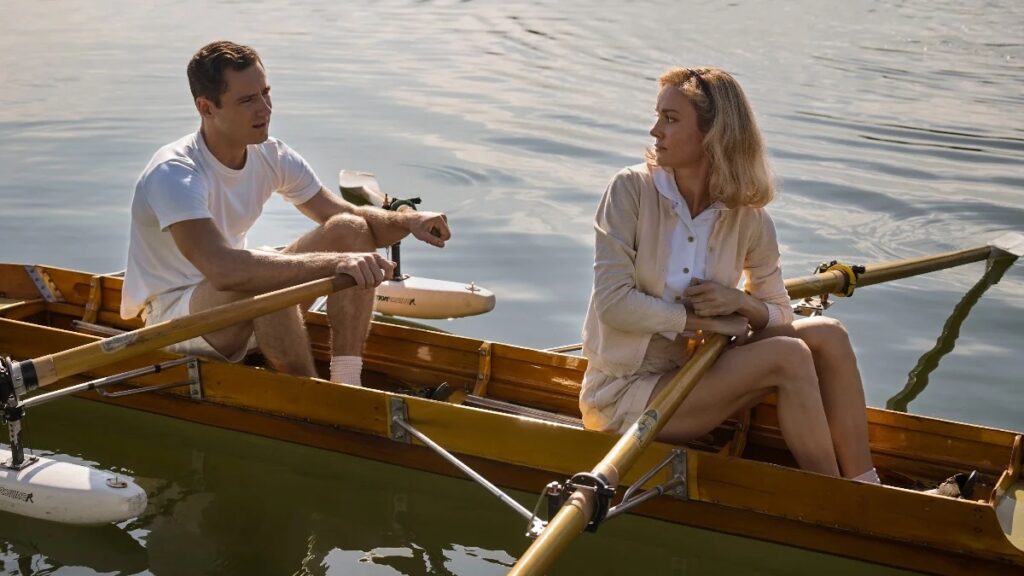
That’s fantastic on Brie Larson’s part. I’m sure you’ve experienced 15-hour days. Stamina is something that doesn’t get talked about a lot with directing and cinematographers, so how do you think those shortened days helped creatively?
It’s interesting because I can, of course, try to be an empathetic person. As a cinematographer, I feel like you’re always trying to get into other people’s heads. I can see the reasoning behind longer days from a financial standpoint, but if your priority is to make something good, I think that probably it is measurable how much better and more efficient people are in those 10 hours, I think, than in a 12 or 14 hour day.
Of course, there are exceptions to the rule if you’re at a location you have to leave or something like that. But people work harder when they know that they’re going to get to go home and have dinner with their family or actually have something of a social life outside of shooting. We all love what we do, and it’s the only reason that we’re able to do these 12, 14 hour days.
We all love filmmaking so much, but especially after having worked in Europe where the 10 hour days are a mandate, it seems like it would be great if that was something that we could start to implement a little more here. And so, it feels more respectful to the crew when the studio and production is willing to do that.
Like you said, you did not want to show a nostalgic version of the past, but I do think there’s a great contrast in the show. Sometimes, say for a certain character’s death scene, it’s almost more horrific because everything looks nice.
We were definitely thinking about that when… it sounds mean to say after the way that the second episode ends, but [we were] definitely just trying to lure the viewers in. We wanted the viewers to take as big a bite as we could, knowing that one of the leads was going to die in the second episode. After everyone — crew included — had fallen in love with him, we did want it to be poignant and just as subjective and immersive as it could be while still being… it was really pretty. It was a really superlative crew. Visually, we got lucky. It would’ve been hard to make that look bad.
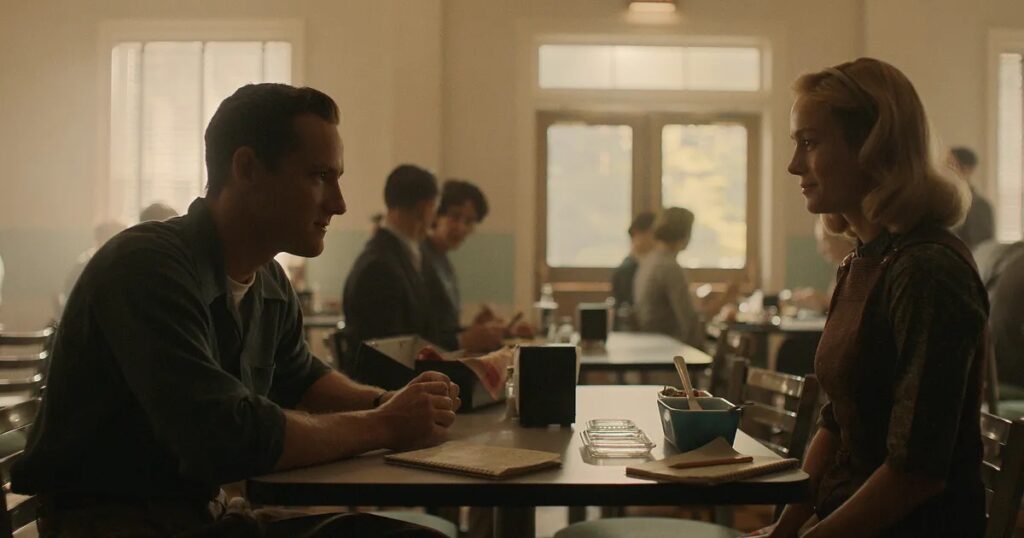
Given your experience making horror movies, did you find that that helped you pull off death scene? Being hit by a bus is definitely a horror movie trope.
Well, in horror movies, you want as much tension leading up to the bad thing as possible and to keep the audience in fear as much as possible. I think we were consciously trying to make the scenes and shots leading up to Calvin’s death feel as much a part of the show as anything else, not tip our hands.
We even went as far as to shoot another scene earlier in one of the episodes almost in an exactly similar way, so you felt like you let your guard down a little bit. You’re like, “Oh, I’ve seen this before.” Even if you have read the book and knew that it was coming, maybe you wouldn’t be expecting it to be right then and there.
It’s effective because it just felt like a mundane day in the life
Thank you. That’s exactly what we were hoping for.
How did the vision for Lessons in Chemistry evolve throughout your time on the show?
So the first and second episode were shot together, and you sort of trade scenes off with a pilot and second episode. We had time to evolve even within the first two episodes. We felt the actors were so good that we could do some longer takes, and if there was a cut in there, it was on purpose. We saw just how good Brie, Lewis, and all the other actors were, so we could really take some swings with the way that we covered and blocked.
Elizabeth speaks so much technically about chemistry. In prep, we were planning to do a lot of really crazy tabletop stuff. She’d talk about the chemical reaction of cooking pasta, so we were setting up these crazy tabletop shots to do between sheets of lasagna and stuff like that [Laughs]. As we saw the actors and their chemistry together, we knew enough to say, “We don’t need this stuff.”
The show doesn’t need these visual representations of chemistry, because we understand these are both smart people. We don’t need the viewer to be going down that particular path. We were just so engrossed in what was happening with these characters that we knew not to do that.
It’s funny, whenever you watch a character behind a computer or working on a science problem, the camera can just move so much. The stillness in those moments you shot are refreshing.
Thank you. It’s funny, I saw Oppenheimer when we were doing color. I was at Light Iron, and it was playing at the Chinese theater right across from the colorist at Light Iron. I went and saw Oppenheimer, and I just came back to color and I was like, “I’m so glad we didn’t try and do macro science photography.” I was grateful that we weren’t putting that out into the world at the same time as that work was existing out there.
Lessons in Chemistry is currently available on Apple TV+.


